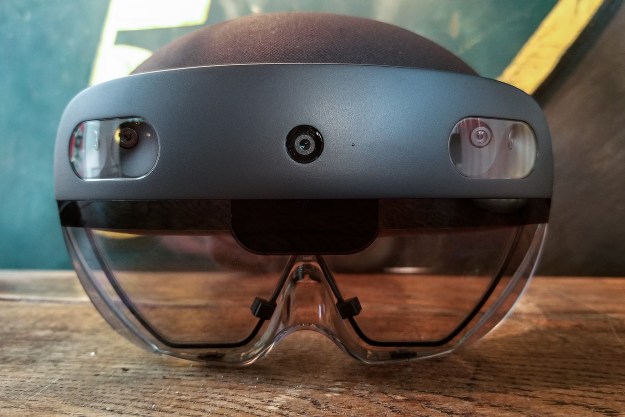
Today, there’s new clarification offered up by an administrator patrolling the Windows Holographic Developer Forum, according to a report from WinBeta. Apparently, developers are being invited to purchase the device in waves to help manage the high demand.
To begin the process, developers will need to apply for the HoloLens Development Edition. Once they’re approved, they’ll receive a confirmation email that includes their wave number, and each of the numbered waves will be served during a window of two to three months. When a user’s wave comes around, they’ll receive another email inviting them to make a purchase.
It’s being recommended that successful applicants order their device during the first week it’s available to them. This isn’t to say that the windows closes after seven days, but orders made after that time will be fulfilled subject to availability.
There’s also a note to anyone waiting patiently and hoping to be among the first wave of developers to receive the hardware. As of the time of writing, most of the users set to be a part of the first wave have not received confirmation, so there’s still a good chance that you can get on board if you applied early enough.
Details on the pre-order process for the HoloLens Development Edition were released in February. The first wave of headsets will be distributed to developers on March 30, carrying the hefty price tag of $3,000.
Editors' Recommendations
- Microsoft Build to highlight Teams integration with metaverse
- You won’t be taking Microsoft’s HoloLens 3 into the metaverse
- How to pre-order the new Surface Laptop Studio, Surface Pro 8, and Surface Pro X
- Hands-on with Microsoft Mesh: I handed someone a whale shark, and it was awesome
- HoloLens 2 will have dark mode, 5G support when it launches globally this fall


